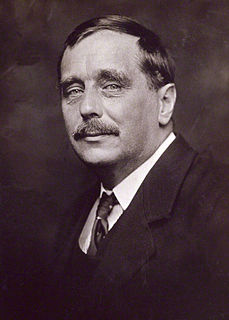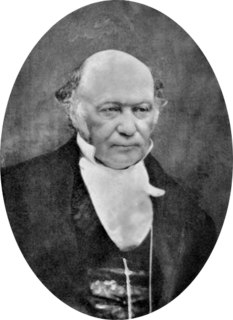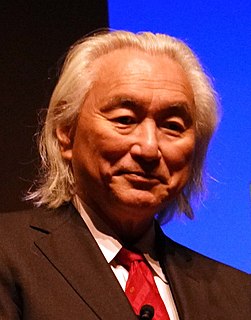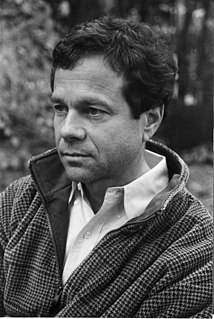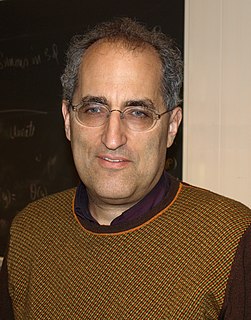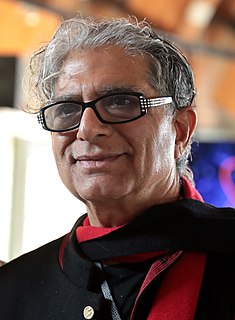A Quote by H. G. Wells
There is no difference between Time and any of the three dimensions of Space except that our consciousness moves along it.
Related Quotes
Time is said to have only one dimension, and space to have three dimensions. ... The mathematical quaternion partakes of both these elements; in technical language it may be said to be 'time plus space', or 'space plus time': and in this sense it has, or at least involves a reference to, four dimensions. And how the One of Time, of Space the Three, Might in the Chain of Symbols girdled be.
Consciousness-one level is understanding where we are in space. Consciousness two is where we understand our position in society: who's top dog, who's underdog and who's in the middle. And type-three consciousness is simulating the future. And type-three consciousness, only humans have this ability to see far into the future.
In this world, time has three dimensions, like space. Just as an object may move in three perpendicular directions, corresponding to horizontal, vertical, and longitudinal, so an object may participate in three perpendicular futures. Each future moves in a different direction of time. Each future is real. At every point of decision, the world splits into three worlds, each with the same people, but different fates for those people. In time, there are an infinity of worlds.
If you look at the democratic process as a game of chess, there have to be many, many moves before you get to checkmate. And simply because you do not make any checkmate in three moves does not mean it's stalemate. There's a vast difference between no checkmate and stalemate. This is what the democratic process is like.
... If we consider the difference between William Henry Jackson packing in his camera by mule, and the person stepping for a moment from his car to take a picture with his Instamatic, it becomes clear how some of our space has vanished; if the time it takes to cross space is a way by which we define it, then to arrive at a view of space 'in no time' is to have denied its reality.
Mothers know the difference between a broth and a consommé. And the difference between damask and chintz. And the difference between vinyl and Naugahyde. And the difference between a house and a home. And the difference between a romantic and a stalker. And the difference between a rock and a hard place.
It is a sad hardship and slavery to people who live in towns, that in their movements they know of one dimension only; they walk along the line as if they were led on a string. The transition from the line to the plane into the two dimensions, when you wander across a field or through a wood, is a splendid liberation to the slaves, like the French Revolution. But in the air you are taken into the full freedom of the three dimensions; after long ages of exile and dreams the homesick heart throws itself into the arms of space.
Many quantum physics are realizing or hypothesizing that consciousness is not a byproduct of evolution as has been suggested. Or for that matter, an expression of our brains, although it expresses itself through our brains. But consciousness is the common ground of existence that ultimately differentiates into space, time, energy, information and matter. And the same consciousness is responsible for our thoughts, for our emotions and feelings, for our behaviors, for our personal relationships, for our social interactions, for the environments that we find ourselves in, and for our biology.
The basis and firm groundwork of the material, and its primary contribution, lies in the concept that consciousness itself indeed creates matter, that consciousness is not imprisoned by matter but forms it, and that consciousness is not limited or bound by time or space; time and space in your terms being necessary distortions, or adopted conditions, forming a strata for physical existence.
Since I found that one could make a case shadow from a three-dimensional thing, any object whatsoever - just as the projecting of the sun on the earth makes two dimensions - I thought that by simple intellectual analogy, the fourth dimension could project an object of three dimensions, or, to put it another way, any three-dimensional object, which we see dispassionately, is a projection of something four-dimensional, something we are not familiar with.
